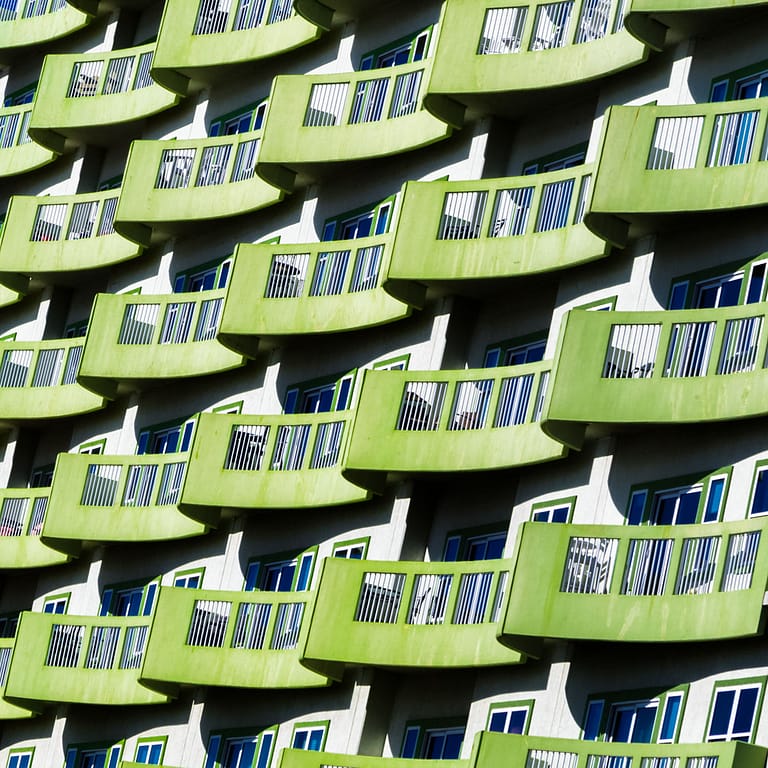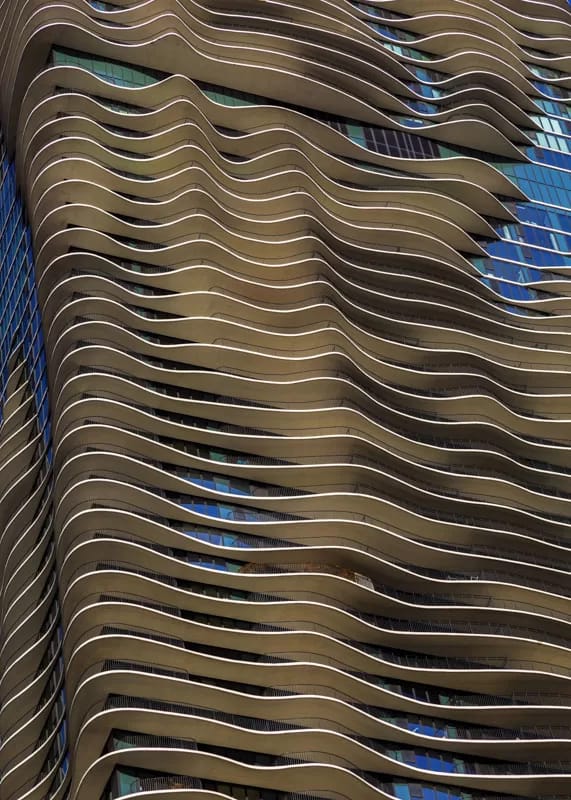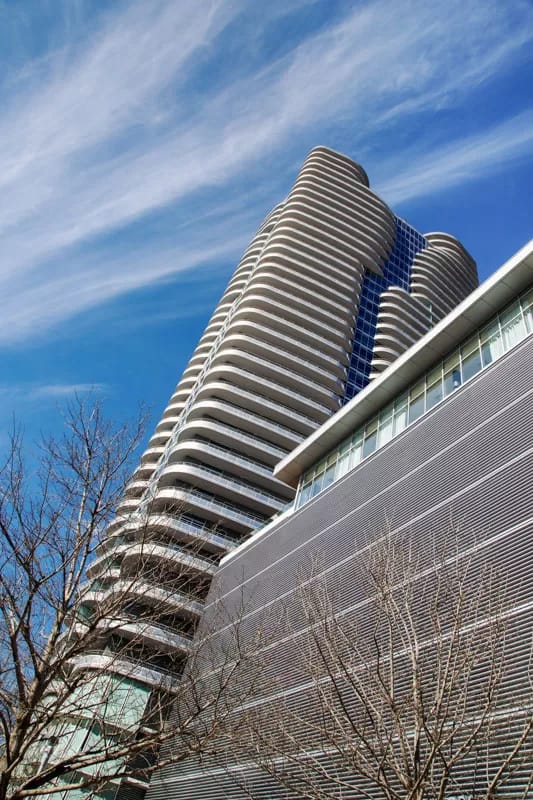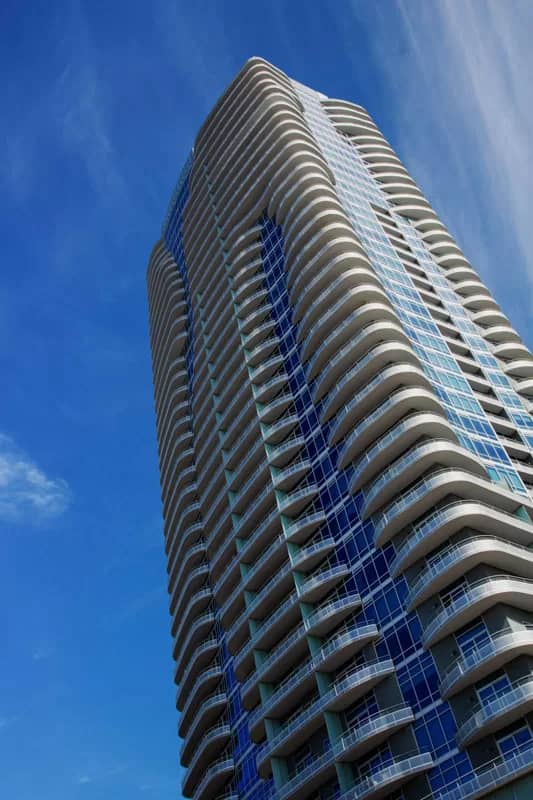Waves And Ripples In Architecture
Waves and ripples (which are just a series of small waves) are all around us. Of course you see them in bodies of water, both large and small. Who doesn’t like to just watch the waves come in? Likewise, who hasn’t thrown a stone into the lake just to see the ripples? There’s just something about them that we find soothing and calming.
However, it isn’t just water that has waves and ripples. We see it in the hills of the Palouse region or the hills of Tuscany. And, then there’s the famous Wave rock formation in Colorado. Large sand dunes and sand ripples also grab our attention. We just have to look to find them.
Waves and ripples are ever changing and seemingly never ending. They just keep coming and evolving. One after the other. It is in the repetition where we find the comfort and solace. It’s relaxing and soothing.
It’s no wonder then that artists of all types find them such great subjects. Along with curves (which is a basically a single wave) they signify movement and flow in a subtle way that artists naturally find compelling.
The same is true for architects. After all, architecture is a form of applied art. When unconstrained by their clients (patrons if you will) from the need to design cheap, boring glass and steel cubes they can let their imagination soar. It can be magical when this happens. Frank Gehry’s Wall Disney Concert Hall is a wonderful example. Nobody walks past that building without looking. It simply commands us, “Look at me!”
Waves And Ripples In Architecture
I was reminded this recently when I photographed a beautiful apartment building. It wasn’t the first time that this feature attracted my photographer’s eye. However, it was the first time I consciously and fully recognized the connection. So, here as some architectural shots featuring waves and ripples. I’ll start with 3 shots previously included in my blog posts.
This beachfront condo embraces and incorporate the concept of waves very directly.
Then of course, there is the famous Aqua Tower in Chicago. Wikipedia states that the name was ” is derived from the wave-like forms of the balconies; the tower’s proximity to nearby Lake Michigan also influenced the name.” This same article cites the architect, Jeanne Gang, as indicating the undulating pattern of the floor slabs being inspired by limestone outcropping common in the Great Lakes region. That’s pretty explicit evidence of the power of nature as an artistic inspiration.
Now to the building that inspired this post. When I first saw it I immediately thought of Aqua. I don’t know what was the architect’s inspiration. Maybe it was the Aqua Tower, maybe not. All art is made of many various components; elements, designs, point of view, light, color etc. There is not a lot of original material to be discovered there any more in my opinion. However, originality comes in how you combine and use the various components; which ones you use; how you arrange them etc. So, although this building is similar to Aqua that merely means the same but different. I still think it is an original design.
Leave A Comment And Share
What natural elements influence your photography? I’d love to hear your comments and feedback. Please leave a comment in the comment box below.











